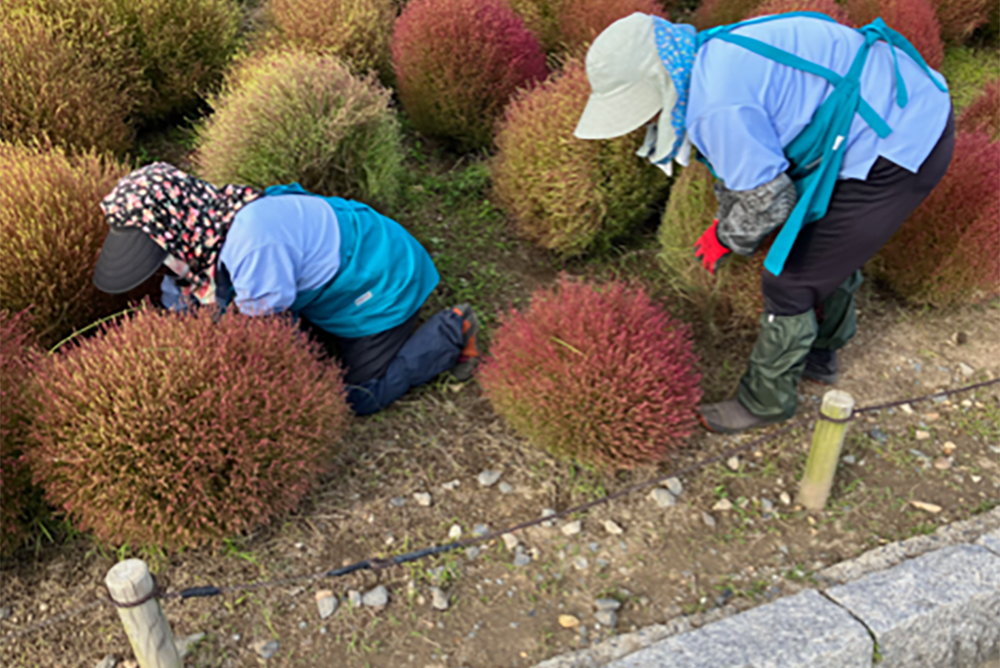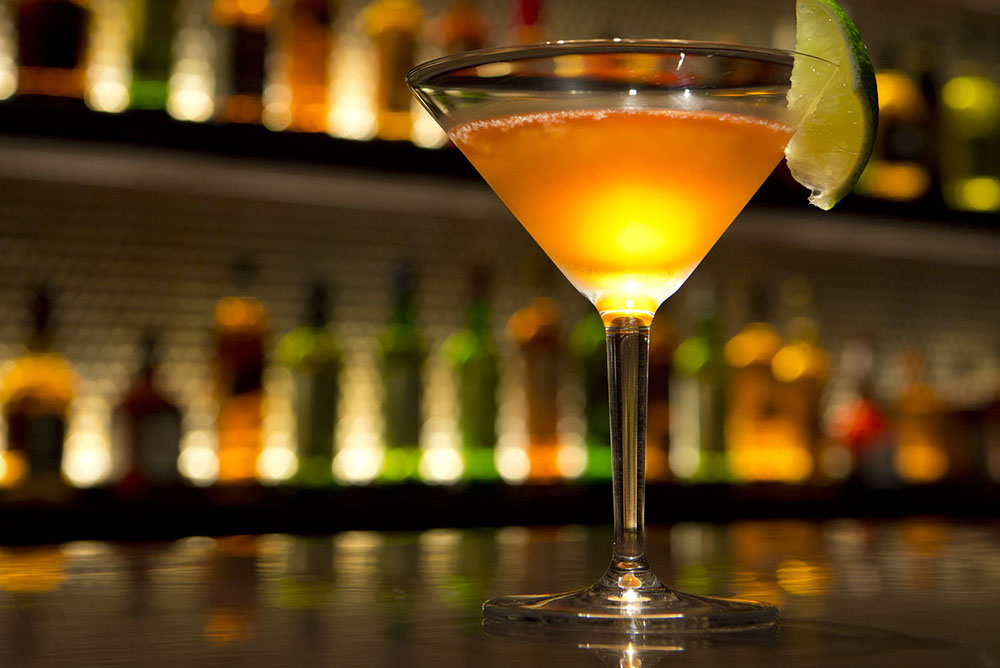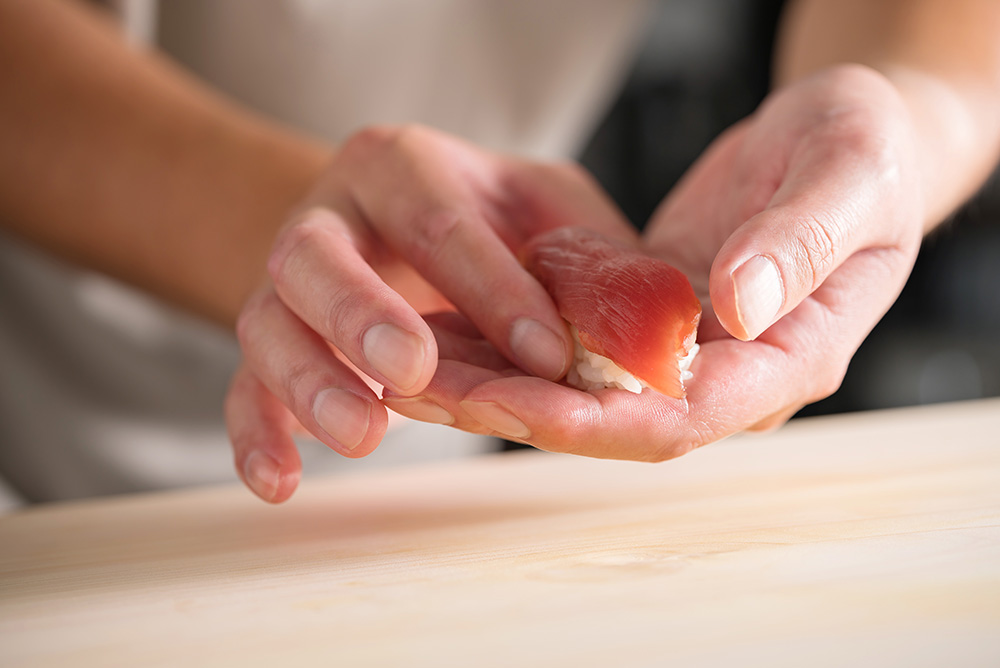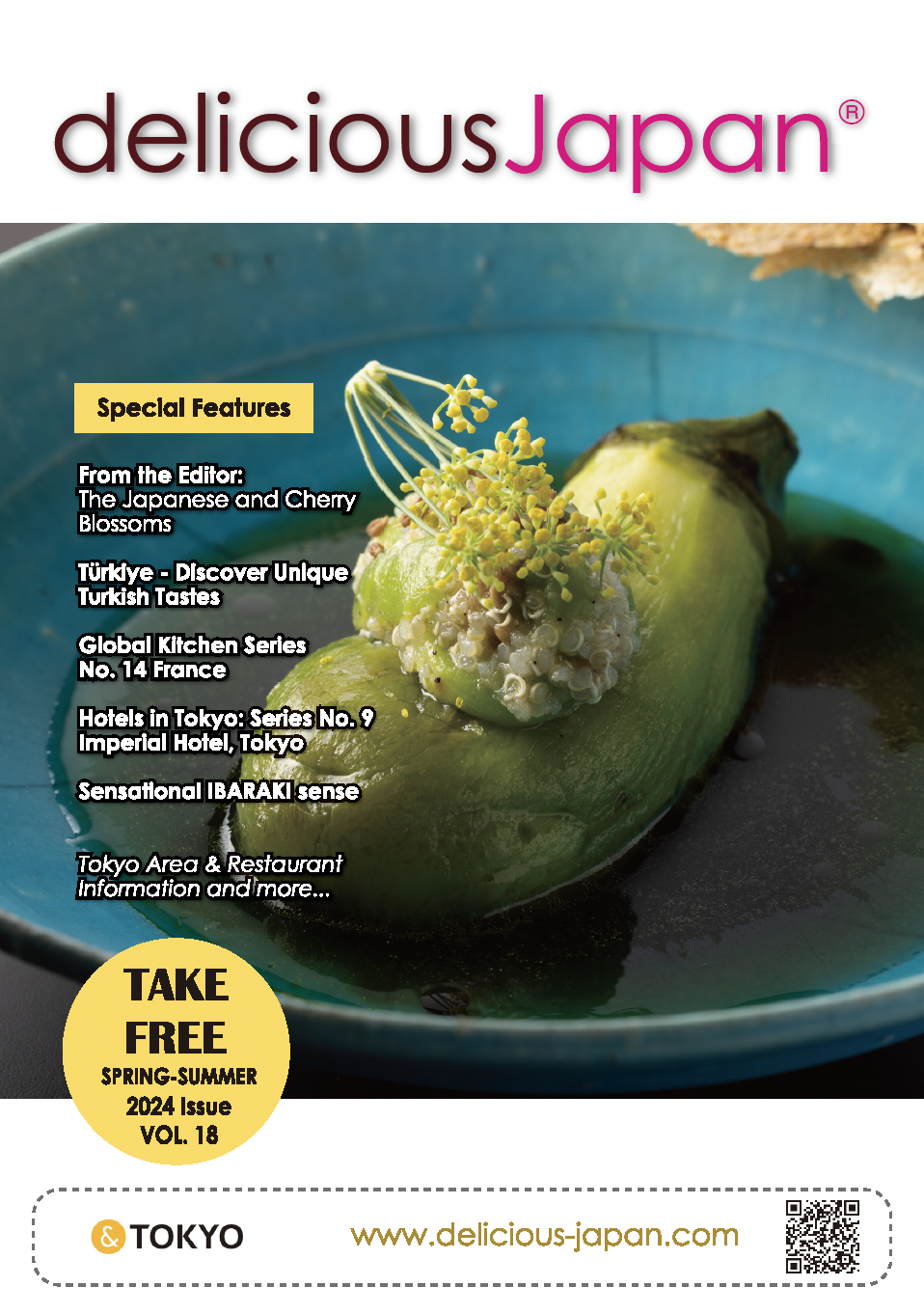
Izakaya
Exclusive Interview with Junichi Otani, CEO of Ippo-Ippo Group and Chairman of Izakaya Koshien
“Izakaya Koshien” brings together izakaya managers from all around the country, with the idea of “starting from izakaya to revitalize Japan”, to give a venue where people who work in the restaurant industry can shine at their brightest. The best izakayas, selected by independent screening criteria from entrants from all around Japan, are gathered together once a year. The aim is to have contestants present their ideas and efforts on stage, and determine Japan’s best izakaya from the Izakaya Koshien entrants, in a competition that fosters the pride and aspirations of people working in the restaurant industry. The organization consists of an executive committee of 300 izakaya managers and 1,500 izakayas, nationwide. Mr. Otani, who runs five restaurants in Kita-Senju in the shitamachi area of Tokyo, also serves as the Chairman of Izakaya Koshien this year, the event’s tenth year.

Junichi Otani
CEO of Ippo-Ippo Group
Mr. Otani, what was your starting point in trade?
The family business was greengrocery, so I first ventured into the world of commerce at the age of 16. At that stage, I was in charge of making deliveries, and I was very good at sales. I picked up high-volume jobs, like wholesaling 20 or 30 cases of lettuces a day, from restaurants and other customers. That kind of thing gives one the wrong idea that “I can work by myself!” One day, my grandmother admonished me, saying “You’ve turned into someone who only works with people who have money. If you can’t respect someone who has no money but comes here to buy just one lettuce, you should get out of this business!” That was the way of doing business that I learned when I was in high school, and my starting point in trade.
Still sticking to that way of doing business, I opened a restaurant here in Kita-Senju nine years ago. I now have five, which are a sushi restaurant, two robatayaki (hearthside barbecue) restaurants, one mature beef charcoal grill restaurant, and a cafe. Our company rule is never to use the term “good customer”. In society, the term “good customer” is taken to mean a high-value customer, one who spends a lot of money. In our restaurants, there are no “good customers” and “bad customers” because we treat everyone the same way.
What does “izakaya” mean to you?
An izakaya is a restaurant for ordinary people. After the war, government-authorized public bars were established to facilitate the uniform distribution of sake. They became increasingly widespread, with the idea that everyone drinking sake together pleasantly would heal and enliven communities, invigorating people to get through post-war hard times. Historically, izakaya date back to the Edo era, but today’s izakaya culture was formed in those public bars. Until 20 years ago, most izakaya had a red paper lantern hanging outside. At bars with red lanterns, salaried workers and laborers would eat shishamo (grilled smelt), drink beer, and spend some time before heading home. By now, women want izakaya too, and an increasing number of places are hybrids between izakaya and restaurants. What hasn’t changed, however, is that these are places where people can en joy both f ood and drink casually, at reassuringly affordable prices. I get the feeling this is a culture that only exists in Japan. The increasing presence of female customers has enhanced service ability. I think izakaya might be the best place to feel the power of Japan’s omotenashi (hospitality).
What would you like to say to foreigners who try izakaya?
I want them to experience this culture that only exists in Japan. Normally, when people go to a restaurant, the first place they look is the menu. I get the impression that people think too hard about the choice. The important things about izakaya are that they are casual and accessible, so they are easy places to ask for this and that. If you have a pot of oden stew in front of you, just point to ask for the pieces you want. In a restaurant, you can’t get friendly with the people at the next table, but in an izakaya, everyone shares the same space, so the customers and the staff all get friendly. It’s a place for the community, and for ordinary people to take it easy while eating and drinking. Feel free to drop in and say "Hi!", "Hello!"
What are izakaya menus like now?
Izakayas have everything from sashimi and sushi to battered chicken, grilled and boiled fish, yakitori (chicken skewers), udon noodles, yakisoba (fried buckwheat noodles), pizza, and whatever. Recently, there have been less general restaurants and more places specializing in things like robatayaki barbecue or grilled beef. Until recently, people used to say “let’s go there!”, but now they’re changing, to say “let’s go to eat that!” Customers go out to eat something specific, and restaurants now invest in product development to offer their menus. The times are changing from “go to Ippo-Ippo because we can get anything there” to branding to implant the image of “go to Ippo-Ippo beef restaurant if you want beef”. That kind of branding is particularly strong in city-center branches. That’s because if you don’t do that, you can’t stand out.
You are also the Chairman of Izakaya Koshien. Please tell us about that work.
In December this year, 5,000 people involved with izakaya will gather together at Pacifico Yokohama. Those izakaya that won through the nationwide preliminary heats will give free presentations about their own strengths, special concerns, visions, and founding ideals. The 5,000 people at the venue cast their votes to determine the number one izakaya in Japan. This time, I put forward a vision of “cool local”. It’s surprising how little local people realize of how cool their district or town is. The idea of “cool local” is “Tell all Japan what’s cool and what’s excellent about your district! Tell the world!”.
Through Izakaya Koshien, we are thinking about how to tell the world about “omotenashi”, which is now attracting so much attention. Many izakaya have nimble footwork and strong ambitions. An izakaya is not a business if its local people don’t go there. Cheering up the local people is part of our job. Just having a single red lantern standing out in a dark street can give peace of mind, and that’s part of our role. Our hope is that if we further polish our hospitality, people around the world will get to know and love Japan’s izakaya.
What plans do you have for the future?
I want to add another five branches here in Kita-Senju. My vision is to build up this district by opening restaurants, as building branches builds the town. I want to develop restaurants that people will be glad to have here, in the next generation, and the one after that. With this area as my base, I want to try moving into Ishigaki Island, Japan’s resort area. That’s because I want them to know about Kita-Senju. The concept for Ishigaki Island is “Kita-Senju, from Tokyo’s shitamachi, on Ishigaki.” We want to convey Kita-Senju, its history and culture, to people who come here from other parts of Japan, and from overseas. I will try taking the theme of "Kita-Senju in Tokyo’s shitamachi” overseas as well.





